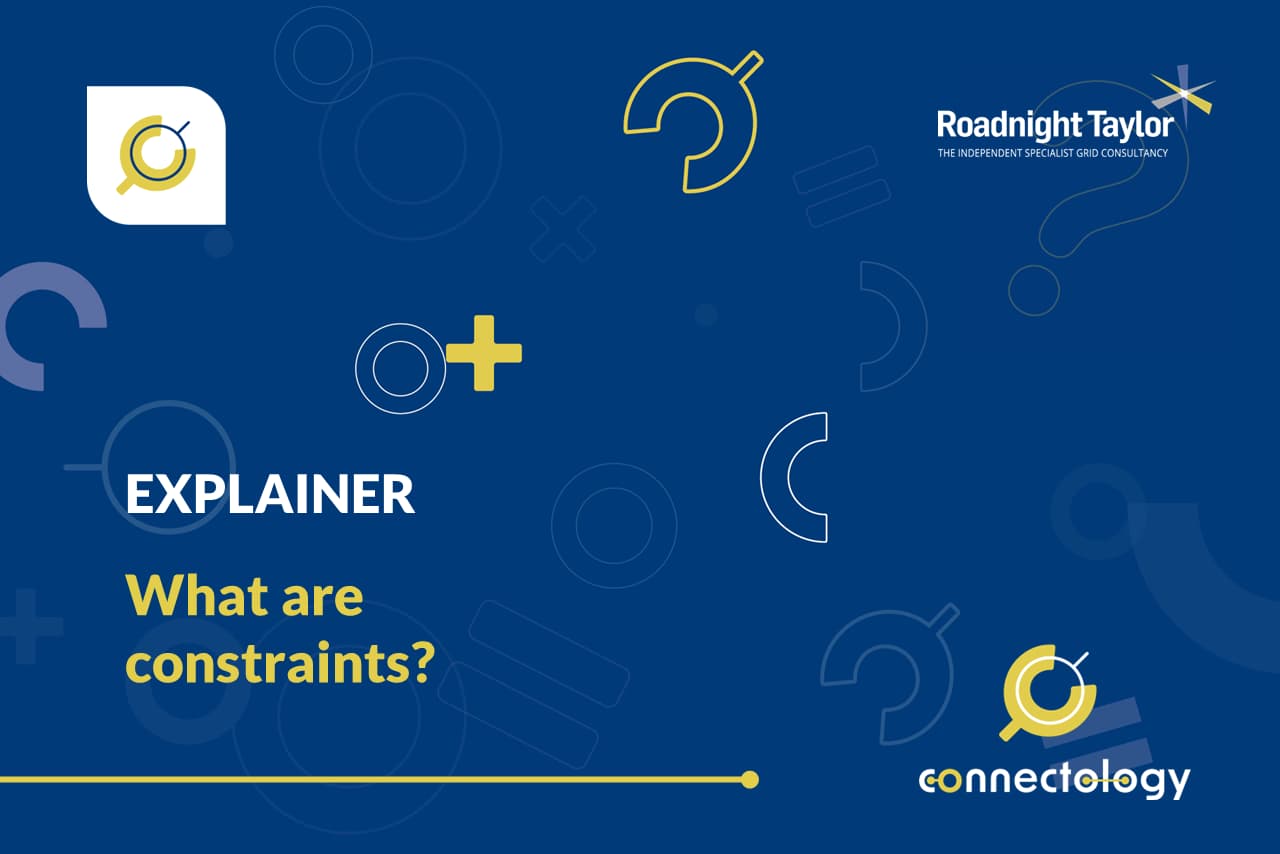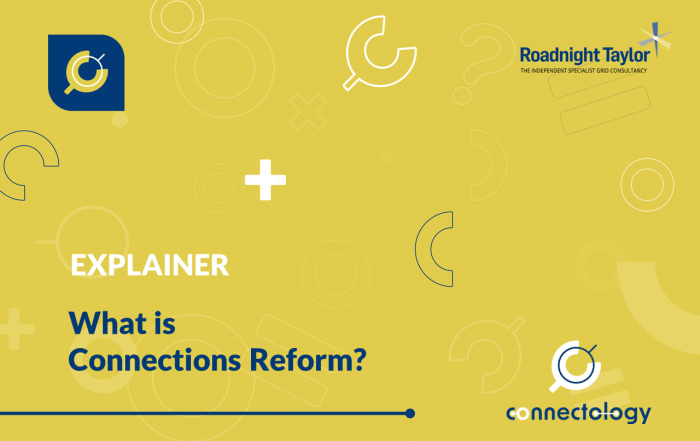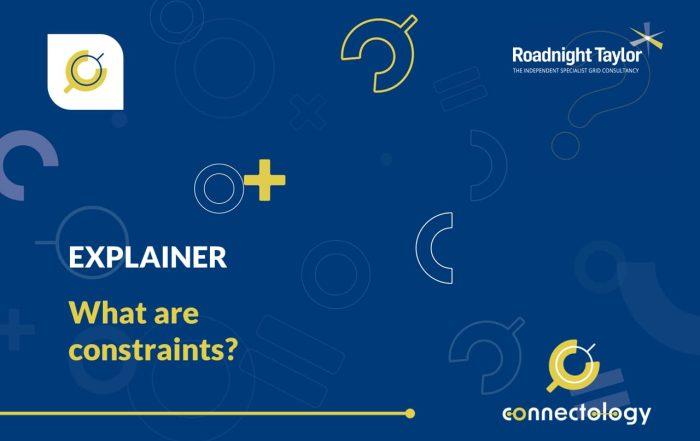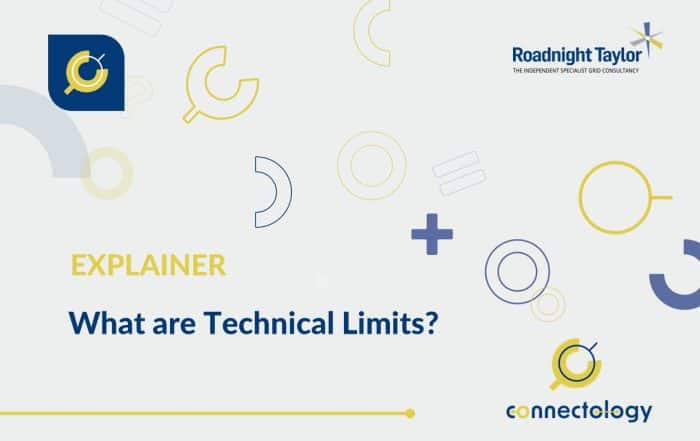What are constraints in electricity networks?
A constraint in an electricity network is a reduction in capacity applied to a site during a specific network event to make sure no electrical assets are overloaded.
Constraints are present in many electricity network connections. The article below explains what constraints are, how they can impact grid connections and how they are different from curtailment.
Article by Pete Aston – acknowledged T/D boundary expert
Pete joined Roadnight Taylor from WPD (National Grid Electricity Distribution), the UK’s largest DNO, where he was Primary System Design Manager. He led a team of sixty responsible for all connections and reinforcement of the extra high voltage network, and had oversite of the relationship and interactions with National Grid Electricity System Operator (NGESO) at the Transmission/Distribution (T/D) boundary.
04 April 2024

What is a constraint?
A constraint is a reduction in capacity applied to a site during a specific network event. For example, a site might need to be switched off, or the output reduced to a specific value, during the outage of a transformer or a circuit. The constraint might be applied by an automatic disconnection scheme, such as intertripping, or by the network control engineer instructing the site to reduce capacity or shut down. Constraints are typically only applied to generation schemes, but potentially could be applied to some types of demand connection.
Why are constraints used?
A constraint will be used to control the power flow through the network, to make sure no electrical assets are overloaded. Constraints are typically used in connection offers for new connections instead of reinforcing the network. Our explainer on ‘What is network reinforcement?’ provides more information.
How are constraints different from curtailment?
Although the words constraint and curtailment are often used interchangeably, they are different concepts. As explained above, a constraint is typically a reduction to a specific output, and often a reduction to zero.
On the other hand, curtailment is a continuous ramping up and down of the output of a site, using an Active Network Management system. ANM curtailment systems might look at multiple network restrictions and apply an output set-point to a set based on the worst- case restriction. Our explainer ‘What is curtailment in electricity networks and how does it work?’ gives more detail about curtailment.
How are constraints identified in a connection offer?
Every Distribution Network Operator (DNO) shows the constraints in a connection offer differently, and they are not always very obvious. So, it is important to read a connection offer carefully, to understand whether there are any constraints present in the offer, prior to accepting the offer, or prior to buying a connection from another developer.
How can Roadnight Taylor help?
Roadnight Taylor can help clients to understand the constraints in an offer and how they might impact the connection.
To find out more call us on 01993 830571 or send us a message via our contact form.






